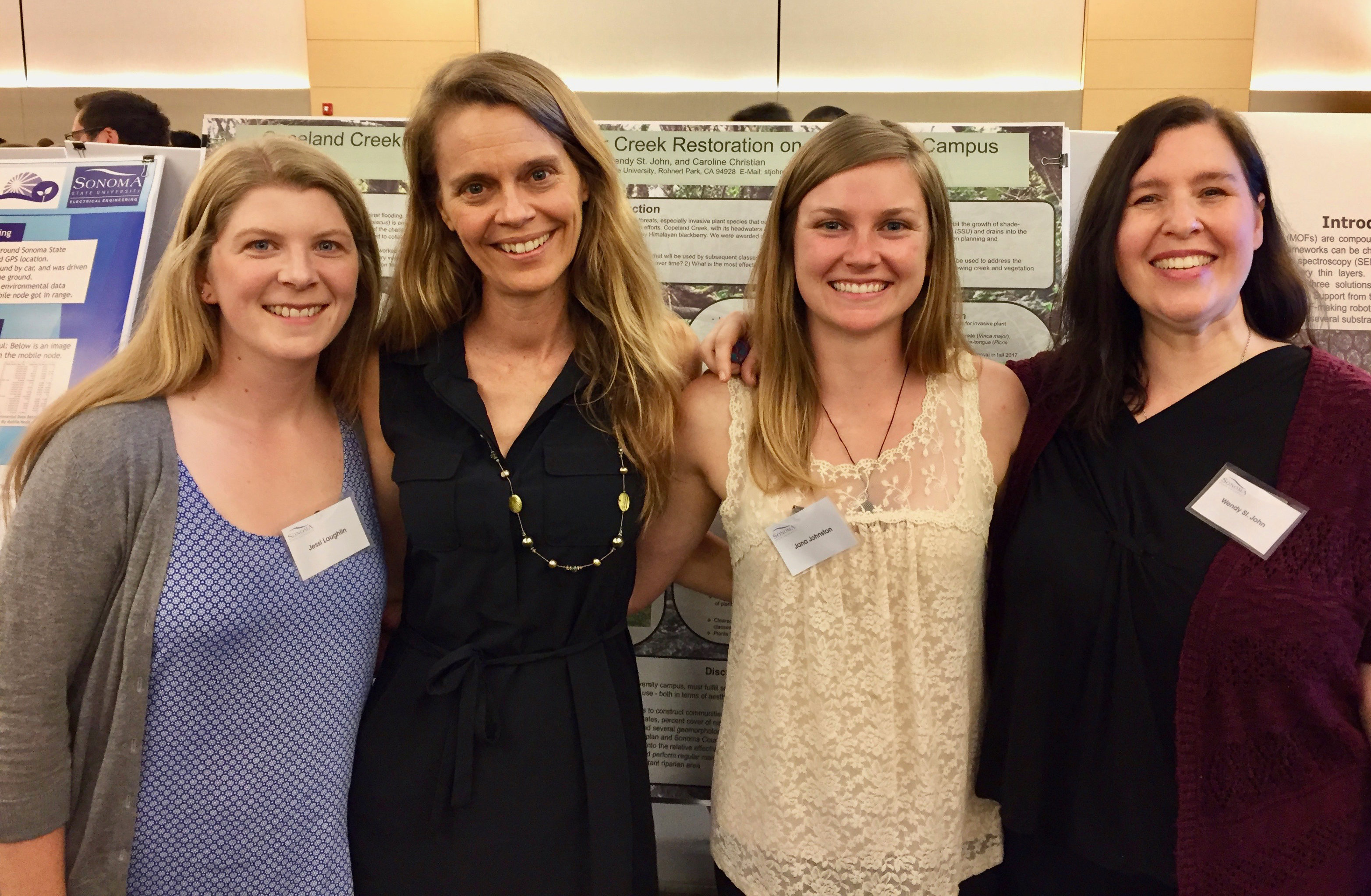Today: Energy for Life (aka Photosynthesis and Cellular Respiration).
Overall, my Summer school strategy is to break up the days as much as possible, alternating lectures with hands-on activities. The schedule is a bit brutal – 9 a.m. to 4 p.m., Monday through Thursday, with an hour break for lunch. I try to never lecture for more than an hour and 15 minutes at a time, and usually a bit less. (Not that my lectures aren’t RIVETING hahahaha, but still . . . ). 😉 It helps keep everyone awake and engaged if I can mix things up a bit.

In between lectures, we did three activities today. The first: a virtual experiment where we investigated which colors of the light spectrum are most important for plant growth. In other words, how do plants respond to different colors of light? We used an online lab that can be found here, and it went really well. They “grew” plants under several different colors of light, and analyzed the results. I had them enter data into an Excel spreadsheet (the online version made all calculations automatically, but some of them opted to write their data on paper, as shown below). Then, they used the graphing feature in the online lab to visualize the data. As expected, green light was the least efficient (since the two main photosynthetic pigments reflect back green light, we wouldn’t expect it to be important for growth), but I think most of them were surprised that plants grew as well as they did under the blue light.
We also did two activities related to cellular respiration. The first was a case study prepared by the National Center for Case Study Teaching in Science: “The Mystery of the Seven Deaths: A Case Study in Cellular Respiration.” It’s an “interrupted” case study, meaning that the pieces of the puzzle are given to the students incrementally, so they have time to investigate each piece before the next is added. This particular mystery describes the 1982 Tylenol Murders in Chicago, and in order to fully solve how the victims were killed, students need to be able to follow along with the steps of the electron transport chain, during cellular respiration. This went over REALLY well. I split the class into two groups, and both groups had a good discussion where they brainstormed some ideas. I also showed a short video about cellular respiration, to help them figure out exactly where the cyanide disrupted respiration.
The final activity for the day was probably the most fun . . . I had them perform the Bromothymol blue experiment. Bromothymol blue is a pH indicator that will change color depending on the acidity of the solution. When dissolved in water, carbon dioxide will lower the pH, creating carbonic acid. (This is the same compound that inhibits shell growth of marine creatures, and is bleaching coral reefs, due to increased CO2 in the atmosphere). Putting Bromothymol blue and carbon dioxide together? Fun experiment!

During the course of the experiment, first, they sit calmly for a few minutes, then blow into a test tube with Bromothymol blue and water, and see how long it takes to change color (due to increased acidity) from blue/green to yellow. The next step is to work out vigorously for two minutes, and then blow into a new test tube.
In theory, the color will change more quickly after exercise, since more carbon dioxide is being exhaled (due to increased action of mitochondria in response to the heavier demand of activity, which in turn produces more CO2). And, this is exactly what they discovered! Plus, it’s awesome to watch them do ridiculous things to raise their heart rates for two minutes hahahahahaha.

Selected Lab Materials
Plant growth simulation:
110 Plant Growth and Colors of the Visible Light Spectrum Virtual Lab worksheet
110 Plant Growth and Color lab
Bromothymol blue experiment:































 Yesterday morning, we took the Science 120 students to this year’s BFA Exhibition in the university art gallery – a collection of works by students getting ready to graduate from the Bachelor of Fine Arts program. The motivation for this visit was to allow our students – who have spent the past semester designing, performing, and presenting scientific experiments – to get a feeling for the ways in which carrying out an art project may be different, or similar, to the process of science.
Yesterday morning, we took the Science 120 students to this year’s BFA Exhibition in the university art gallery – a collection of works by students getting ready to graduate from the Bachelor of Fine Arts program. The motivation for this visit was to allow our students – who have spent the past semester designing, performing, and presenting scientific experiments – to get a feeling for the ways in which carrying out an art project may be different, or similar, to the process of science.























































